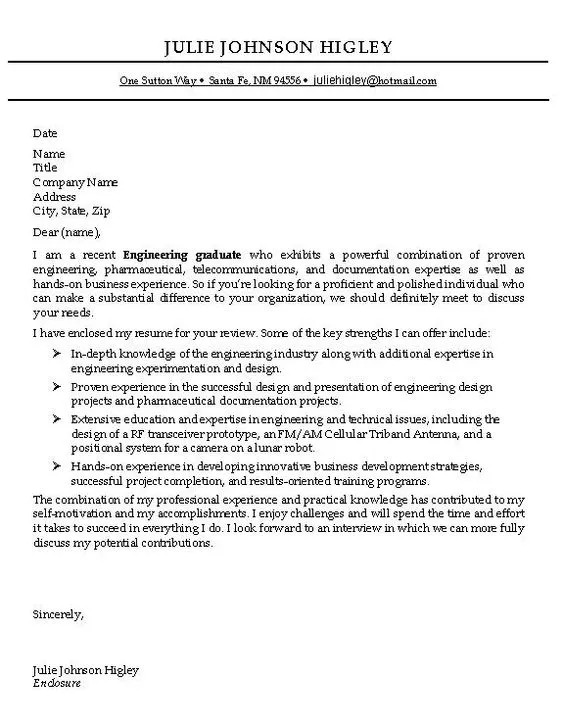What is a Skills Cover Letter?
A skills cover letter is a strategic document that accompanies your resume when applying for a job. Unlike a traditional cover letter that often focuses on your work history, a skills-based cover letter centers around your abilities and how they align with the requirements of the position. It’s an opportunity to showcase your most relevant skills and demonstrate to the hiring manager that you possess the capabilities needed to excel in the role. By highlighting your skills, you’re telling a story of your capabilities. This approach is especially effective if you’re changing careers, have gaps in your employment history, or want to emphasize specific proficiencies that make you a strong candidate. The key is to make sure these skills match the job description.
Why is a Skills Cover Letter Important?
In a competitive job market, a well-crafted skills cover letter can significantly increase your chances of getting noticed. It allows you to go beyond simply listing your skills on a resume, providing detailed examples of how you’ve utilized these skills to achieve results. This is crucial because employers are not just looking for people who possess certain skills, but for individuals who can effectively apply those skills to solve problems and contribute to the company’s success. A strong skills cover letter helps you stand out from other applicants. This is particularly useful if the job description emphasizes specific skills that are crucial for the role. It also offers a great way to address any concerns the hiring manager may have, like a career gap or less-relevant experience.
Key Components of a Skills Cover Letter
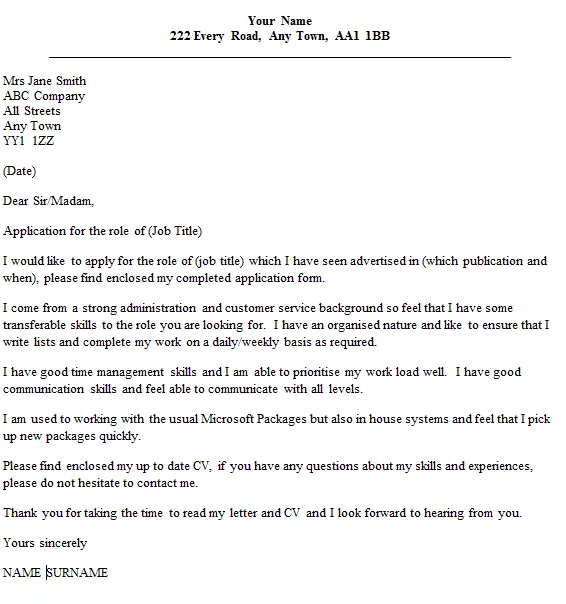
A skills cover letter is a carefully structured document. It requires a specific approach to get the hiring manager’s attention. A well-organized and tailored skills cover letter ensures that you effectively communicate your abilities and qualifications. A proper skills cover letter is the key to a successful job application.
Header and Contact Information
The header of your skills cover letter is the first element the hiring manager will see, and it’s essential to include all the necessary contact information. This section includes your name, address, phone number, and email address. Make sure that the contact details are up to date, professional, and easy to read. Use a clear and readable font size (10-12 points). A clean and professional header builds a foundation for the rest of your cover letter, making it easy for the recruiter to contact you. Keep it simple, and ensure there are no errors.
Your Name and Contact Details
At the top left or right of your cover letter, include your full name, your street address, city, state, and zip code. Also, provide your phone number and a professional email address. It is important to use a professional email address, as this is one of the first impressions you are giving a potential employer. Double-check all details for accuracy to make sure you are easy to reach. This makes it simple for the hiring manager to reach out if they want to schedule an interview or request further information. Always format this section consistently.
Recipient’s Information
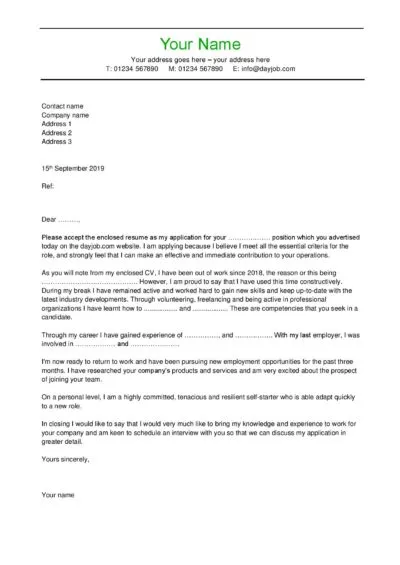
Directly below your contact information, include the recipient’s information. This should include the hiring manager’s name, their title, the company’s name, and the company’s address. If you are unsure of the hiring manager’s name, try to find this information on the company website or LinkedIn. Addressing the letter to a specific person shows you’ve taken the time to research the company and the position. This level of care can make a positive impression. If you are unable to find the hiring manager’s name, use a general greeting.
Greeting and Opening
The greeting sets the tone for your cover letter. Always use a professional greeting such as “Dear Mr./Ms./Mx. [Last Name]” if you know the hiring manager’s name. If you are unsure, a general greeting like “Dear Hiring Manager” is appropriate. The opening paragraph should immediately capture the reader’s attention. State the position you are applying for and how you learned about the opportunity. Briefly highlight your most relevant skills and your enthusiasm for the role. This initial section is crucial as it provides a clear introduction to why you are the right fit for the job, making the hiring manager want to read further.
Body Paragraphs
The body paragraphs are the core of your skills cover letter. This section is where you’ll showcase your abilities by providing specific examples. The body should be written to convince the hiring manager of your suitability. Structure the body of your letter around the key skills mentioned in the job description. Each paragraph should focus on a particular skill, providing examples of how you’ve utilized that skill in past roles. This detailed approach demonstrates to the hiring manager that you’re not just listing skills but can effectively apply them in a professional setting. When you provide context and examples, the hiring manager can see the tangible value of your skills.
Highlighting Relevant Skills

Identify the most important skills for the job and focus on those. Make sure that these align with the requirements stated in the job description. For each skill, provide a brief overview of what it entails, then provide a short example of how you’ve demonstrated this skill. Use keywords from the job description to mirror the language the employer is using. This method quickly shows that you match the job requirements. Tailoring your letter to the specific requirements ensures that your application resonates with the hiring manager.
Providing Specific Examples
Support each skill with a specific example from your past experiences. Describe the situation, your actions, and the positive results. This method gives the hiring manager a clear understanding of how you have applied your skills in a practical setting. These examples should be concise and directly relevant to the skills you are highlighting. Use action verbs to describe your contributions and emphasize the impact of your work. By providing specific examples, you demonstrate your capabilities and make your claims more credible. This helps hiring managers see your potential contributions to the team.
Quantifying Your Achievements
Whenever possible, quantify your achievements with numbers and data. Metrics like percentage improvements, dollar amounts, or the number of projects completed. This adds weight to your claims and allows the hiring manager to understand the tangible impact you have made in previous roles. Use data that is relevant to the job description and the company’s goals. For example, you could say you increased sales by a certain percentage or improved customer satisfaction scores. Using specific data makes your achievements more impressive and shows your potential to deliver similar results.
Formatting and Design Tips
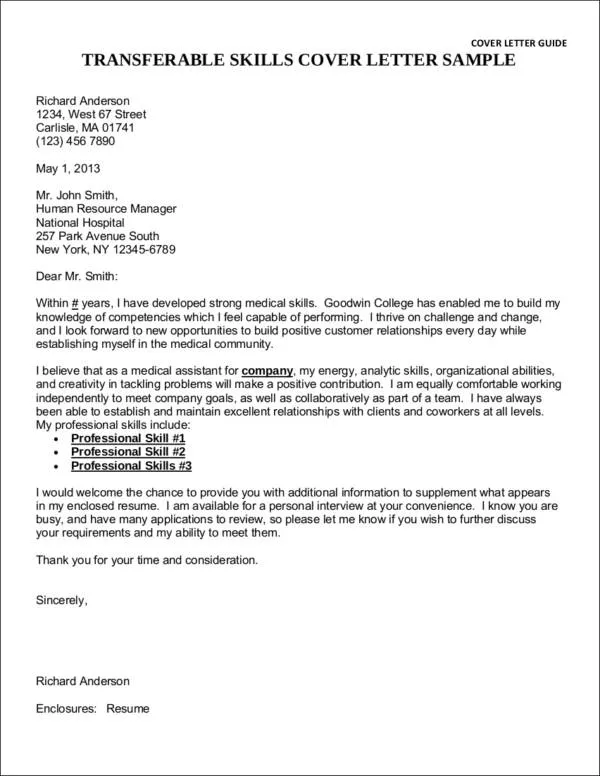
The formatting of your skills cover letter should enhance readability and highlight your key skills effectively. Keep your letter to one page, if possible, ensuring that it’s easy to scan. Use clear, concise language and make sure the formatting is consistent throughout. The layout of your cover letter is important to make sure that the hiring manager can quickly scan it. Effective formatting helps you quickly convey your message and makes a positive impression, showcasing your professionalism and attention to detail.
Font and Font Size Recommendations
Choose a professional and readable font, such as Times New Roman, Arial, or Calibri. These fonts are widely accepted and easy on the eyes. Use a font size between 10 and 12 points. A font size that is too small is difficult to read. Font size and style are important for a cover letter. Make sure that you stay consistent with your font choices throughout your cover letter. This ensures a professional look and makes the letter easy to read and follow. Avoid using overly ornate or unusual fonts that could distract from the content.
Proper Spacing and Layout
Use single spacing for the body of your cover letter and double spacing between paragraphs. This layout makes the text clear and easy to follow. Use left alignment and avoid fully justifying the text, which can create gaps. Add ample white space around the margins to prevent the document from appearing cluttered. A well-spaced and organized layout enhances the readability of your letter and makes it more appealing to the reader. Using the right format, you can ensure that the key information stands out and is easy to absorb.
Proofreading and Editing
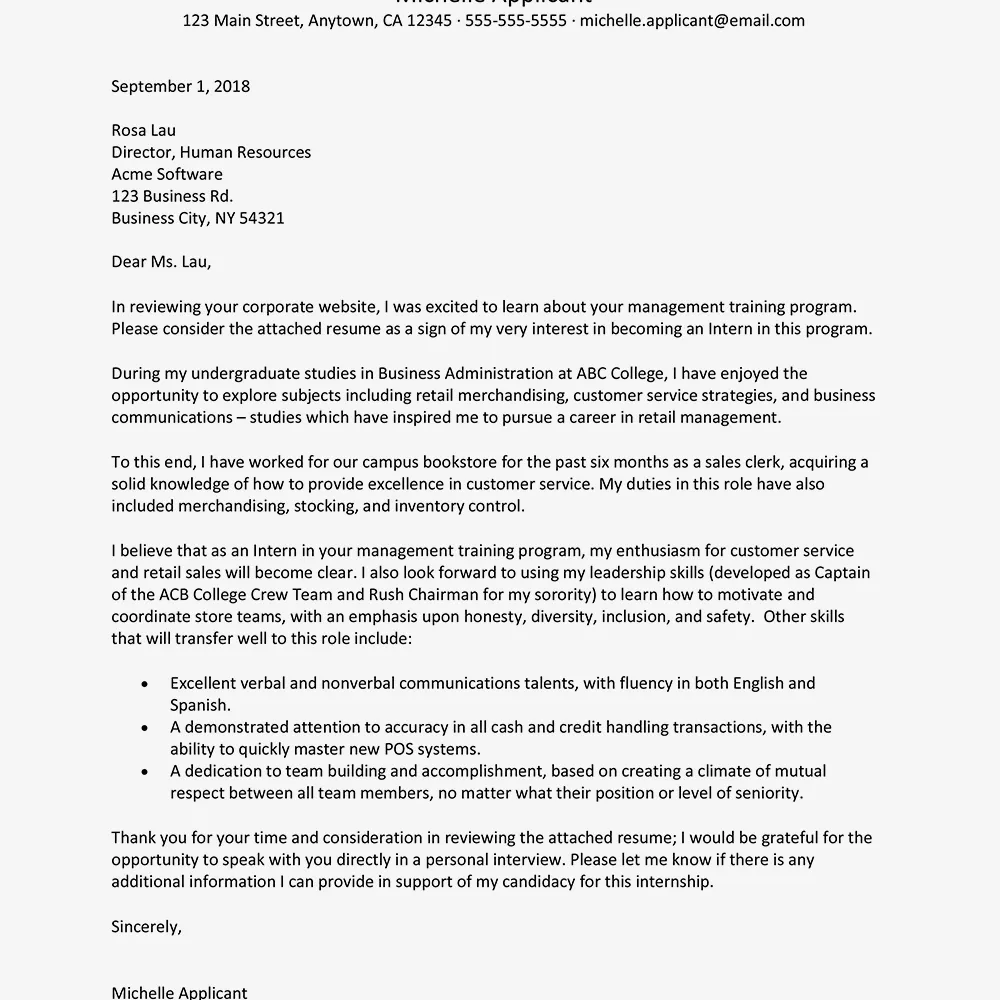
Thorough proofreading and editing are essential steps in preparing your skills cover letter. Errors in grammar and spelling can make a negative impression on hiring managers. After writing your cover letter, take the time to review it multiple times, looking for any errors. Use a grammar and spell-checker to help with this process, but also read the letter carefully yourself. Make sure that your language is clear, concise, and professional. Have a friend or colleague review your letter for feedback, and fresh eyes can often catch mistakes that you may have missed. Proper proofreading is a sign of your attention to detail.
Closing and Call to Action
The closing paragraph of your skills cover letter should include a call to action. Reiterate your interest in the position and briefly summarize your key skills. Thank the hiring manager for their time and consideration. State your availability for an interview and provide your contact information again. Use a professional closing such as “Sincerely” or “Best Regards,” followed by your full name. This final section reinforces your enthusiasm and makes it easy for the hiring manager to take the next step. A strong closing statement is important for leaving a positive final impression.
Common Mistakes to Avoid
Be mindful of common pitfalls that can weaken your skills cover letter. Avoid generic templates and tailor each letter to the specific job and company. Don’t simply repeat your resume; instead, provide more detail and context. Refrain from using jargon or overly complex language that could confuse the reader. Avoid including irrelevant information that doesn’t directly relate to the job requirements. Do not exaggerate or lie about your skills or experience. These mistakes can damage your credibility and reduce your chances of getting hired. Focusing on these details can help you make your skills cover letter more effective.
By following these guidelines and paying attention to detail, you can create a skills cover letter that effectively highlights your abilities and helps you stand out from the competition. A well-crafted skills cover letter is a powerful tool in your job search. Good luck with your job search!
